Heritage Walk
Rock ART brochure
The World Heritage week was concluded by a Rock art walk at the Jawahar Lal Nehru University (JNU) campus, which was conducted by DRONAH Foundation in collaboration with South Asiatic Rock Art Society and Indian Archaeological Society. The students of Delhi Institute of Heritage Management explored the oldest manifestations of art that prevailed in the Pre-historic times.
A walk around the Living Culture of Jaipur
The Heritage walk has been designed to highlight the charismatic tuning of tangible and intangible while acknowledging the built and the cultural heritage within the buildings, raastas, bazaars, temples and gates of the historic city. The 2.5 km Heritage Walk will start from the grandiose Ajmeri Gate and lead towards Kishanpole Bazaar, Rajasthan School of Arts (Ajabghar), Lightwali Haveli, Kala Bhawan, Jain Temple and Gotewali Haveli. Walking down ‘Maniharon Ka Raasta’, the jingling, colourful bangles mark the antiquity and intricacy of the art. The walk leads towards Krishna Temple, Isar Lat, Aatish Market (stable during the monarchical times), and further towards Chini Ki Bhurja (the arched doorways), Shri Braj Nidhi Temple, Janini Deodi, Shri Anand Krishna Bihari Temple. The end point of the walk is Jantar Mantar (UNESCO World Heritage Site), an astronomical wonder.
Chota Ghara Temple, Ajmer
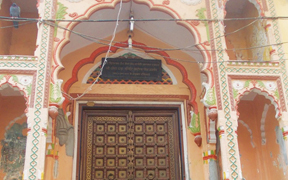
The heritage walk designed by DRONAH Foundation is visualized to taste the dialogic fusion of artistic and innovation fervour of the bygone eras. The 1.8 km walk largely focuses on the tangible and intangible assets and starts from the Ajmeri Quila built during the Mughal period and leads towards the historic buildings such as Gole Piau, Badshahi Building, Lodha Haveli, Ghee Mandi Gate, Char Bhuja temple, Chhota Ghara temple, Narsingh temple, Satyanarayan Temple, Luniya Haveli, Daddo ki Haveli. The walk ends at Soniji ki Nasiyan, an exquisite Jain temple after passing through the lanes of Naya Bazaar that mark a valuable repository of cultural properties and historic spaces which display magnificent vernacular architecture.
Mukhya Brahma Ghat Pushkar
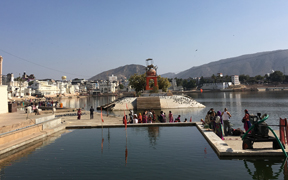
The Heritage Walk designed by DRONAH Foundation gives an essence of Pushkar religiosity and architectural finesse, and also to create a linkage with tangible and intangible assets. The 3.17km Heritage Walk will start from the grand Mahal Badshahi and leads towards Saptrishi Ghat, Mukhya Brahma Ghat, Brahma Temple, Bade Ganesha Ji Ka Mandir, Gyan Gopal Ji Ka Mandir, Shahi Mosque, Malpua Gali, Ram Laxman Temple, Badri Ghat, Old Rangji Temple,Varaha Temple, New Rang Ji Temple, Bihari Ji Ka Temple. The walk ends at Jaipur Ghat which is a lively symbol of tranquil and sensuality of the setting sun.
Aerial View, City Palace, Udaipur
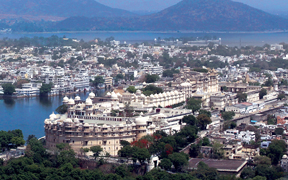
The City Palace Complex is located on the banks of the historic Lake Pichola and the Aravali hills, distinct for its breath-taking views and natural terraces, proximity to reliable source of water (the Lake Pichola) and the strategic advantage it offered to the defenders of erstwhile Mewar. On the trail are Chandra Mahal, Baadi Mahal East Wing, Mukut Mandir, Baadi Mahal West Wing, Chini Chitrashal and Surya Prakash. Each point in this trail is the testimony to the interrelationship between individuals and nature.
Pila Mahal, Ghat Ki Guni
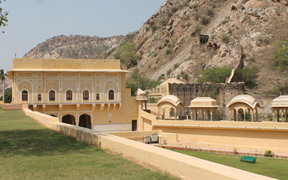
Three kilometres from Jaipur on the Agra Road, set in a picturesque valley amidst the Aravalis, you will find an impressive conglomeration of terraced gardens, temples, havelis and garden havelis. This is the historic complex of Ghat Ki Guni with its 52 unique properties.
Sethon Ki Baithak, Gangyiasar
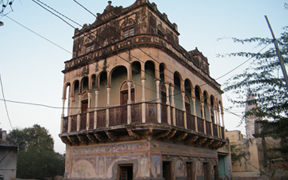
Lying close to the more well-known sites of Mandawa, Alsisar, Mahansar is the quaint little Shekhawati town of Gangyiasar that you will not find highlighted on any tourist map. The Shekhawati region in Rajasthan known for its rich heritage, beautiful architecture and fresco paintings is often described as an open air art gallery. Staying true to this, Gangyiasar has beautifully painted havelis, temples and a fort in the village where you can experience local rural heritage and legacy.
Panna Meena Kund, Amber
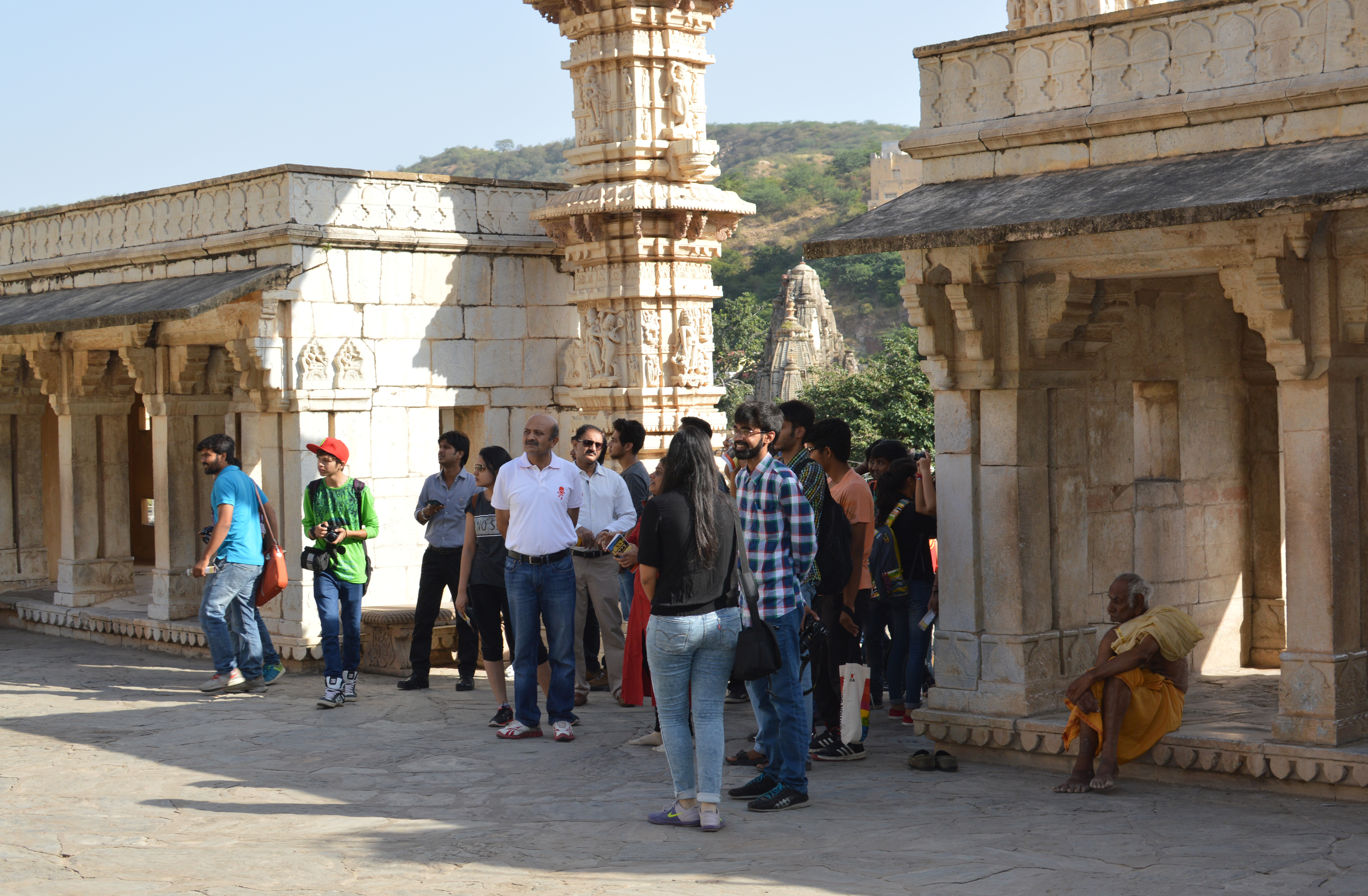
The city of Amber, lying 11 kilometres north of present Jaipur, is a remarkable conglomeration of royal palaces, robust forts, princely havelis and residences, gardens, temples, lakes and other ancient buildings.
The history of the city dates back to the 10th century, when it was founded by Mina tribesmen. The Kachchwaha Rajputs conquered this region, known as Dhoondhar in ancient times, in the early 11thcentury, owing to its great strategic value. After independence, Dhoondhar kingdom was merged with the state of Rajasthan and Amber became a part of Jaipur district. The Amber Heritage Walk takes one through the built environment comprising of temples, havelis, bavadis and chowks amidst the natural setting of Amber.
Gurudwara Saragarhi, Amritsar
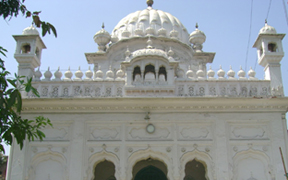
Punjab Heritage and Tourism Promotion Board organises Heritage Walk in Amritsar where you get to explore the city on foot.
For further information, contact, Tourist Officers in Amritsar, Balraj Singh (078376 13500) or Harpreet Kaur (096461 39200).
Qila Mubarak, Patiala
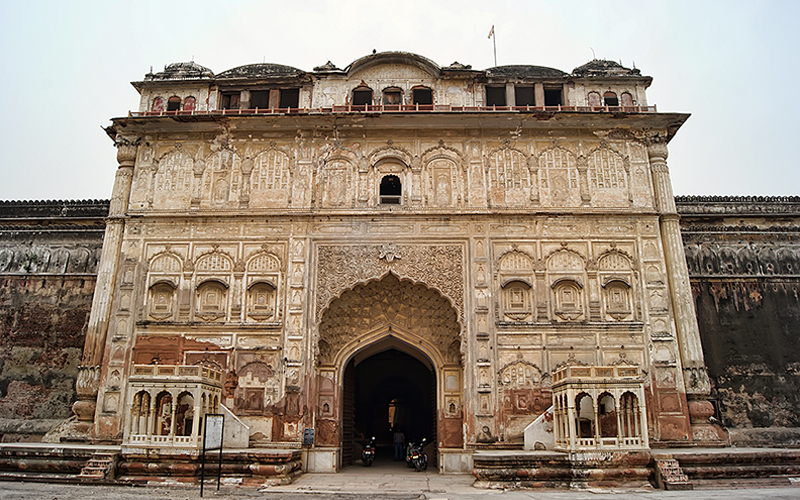
Punjab Heritage and Tourism Promotion Board’s Heritage Walk starts at Shahi Samadhan and ends at Qila Mubarak, letting one explore some of the most fascinating historical sites of the city.
For further information, contact Mr. Amit Kumar, Tourist Officer, Patiala. Tel: 08556 882912.

